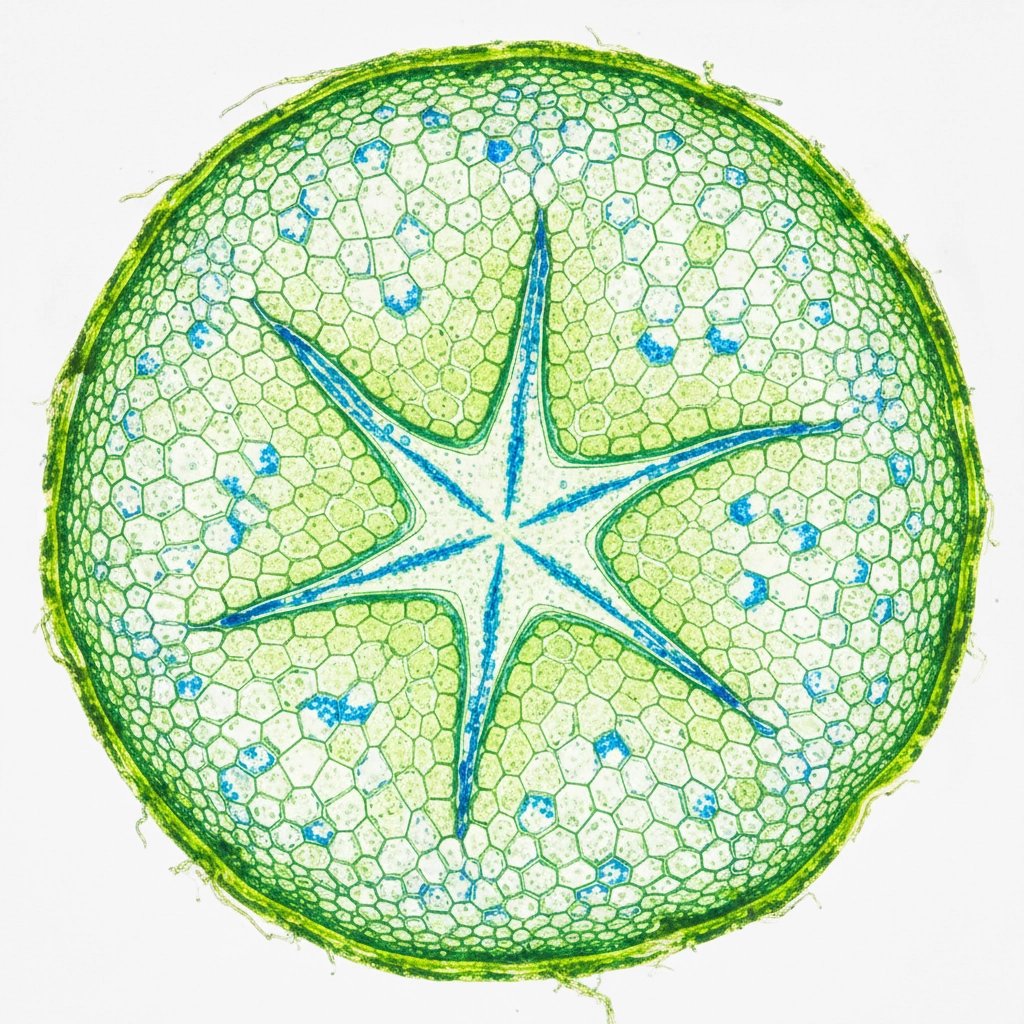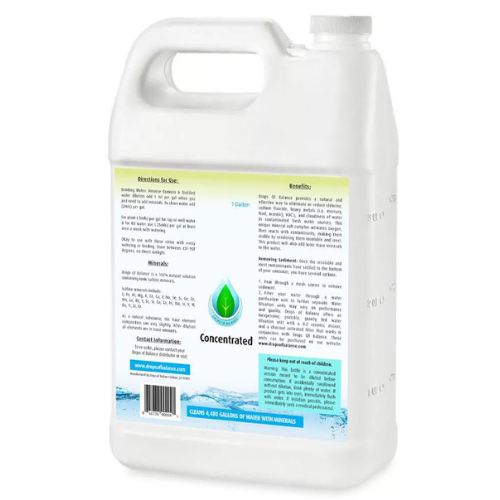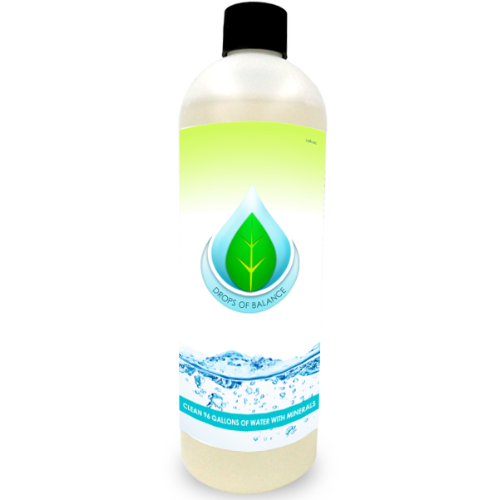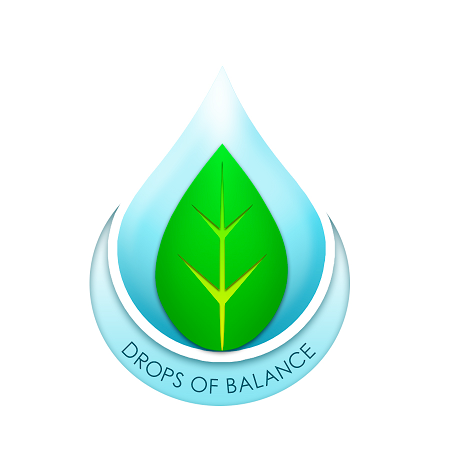
Organic Fertilizer Failing? 7 Trace Mineral Mistakes You're Making (And the 5-Minute Fix That Changes Everything)
Your organic fertilizer isn't working. Your plants look stunted, your tomatoes are pale, and you've spent a fortune on "premium" organic products that promised the world.
Here's the thing - it's probably not the fertilizer that's failing. It's the seven trace mineral mistakes almost every gardener makes without even knowing it.
After helping thousands of growers optimize their plant nutrition, we've identified the exact trace mineral errors that sabotage even the best organic fertilizers. More importantly, we've discovered a simple 5-minute water treatment that fixes most of these issues instantly.
The Hidden Trace Mineral Crisis in Your Garden
Before diving into the mistakes, you need to understand something crucial: trace minerals are the foundation of plant health. Without proper trace mineral availability, your plants can't utilize the nitrogen, phosphorus, and potassium in your expensive organic fertilizers.
Think of trace minerals as the keys that unlock nutrient absorption. No keys = locked nutrients = failing plants.

The problem is that most gardeners focus on NPK ratios while completely ignoring the 14+ trace minerals plants need to thrive. This creates a nutrient bottleneck that makes even the best organic fertilizers ineffective.
Mistake #1: Using Contaminated Water for Fertilizer Application
This is the biggest mistake, and most gardeners don't even know they're making it.
Tap water contains chlorine, fluoride, and heavy metals that bind with trace minerals in your organic fertilizer, making them unavailable to plants. When you mix your organic fertilizer with chlorinated tap water, you're essentially creating a chemical reaction that neutralizes the very nutrients you're trying to provide.
Chlorine doesn't just evaporate when you add fertilizer - it chemically bonds with iron, manganese, and zinc, creating compounds your plants can't absorb. Fluoride does the same thing with calcium and magnesium.
The result? Your plants show classic trace mineral deficiency symptoms even though you're applying trace mineral-rich organic fertilizer.
Mistake #2: Ignoring the Trace Metal Contamination in Organic Fertilizers
Here's something the organic industry doesn't advertise: many organic fertilizers contain high concentrations of toxic trace metals including chromium, nickel, copper, zinc, arsenic, cadmium, and lead.
These contaminating metals don't just sit harmlessly in your soil. They actively compete with beneficial trace minerals for plant uptake. When your plants try to absorb iron, they might get cadmium instead. When they need zinc, they get lead.
Research shows that trace metal concentrations in soil can double within 40-50 years when using contaminated organic fertilizers. This creates a long-term soil health crisis that gets worse with every application.

Mistake #3: Applying Fertilizer to Alkaline Water-Treated Soil
Most municipal water has a pH between 7.5-8.5. When you water your plants with alkaline tap water, you're gradually making your soil more alkaline. Here's the problem: trace minerals become chemically locked in alkaline soil.
Even if your organic fertilizer contains perfect trace mineral ratios, alkaline soil conditions prevent plants from accessing iron, manganese, zinc, and copper. These nutrients form insoluble compounds that plants can't absorb.
You can apply all the organic fertilizer you want, but if your soil pH is above 7.0 due to alkaline water, your plants will show trace mineral deficiencies.
Mistake #4: Creating Trace Mineral Imbalances Through Poor Water Quality
Trace minerals work in specific ratios. Too much of one can block absorption of others. Here's where most gardeners unknowingly sabotage their plants:
Hard water contains excessive calcium and magnesium. When you consistently water with hard water, you create calcium/magnesium dominance that blocks iron, zinc, and manganese uptake - even when these minerals are present in your organic fertilizer.
Soft water treated with sodium creates the opposite problem: sodium toxicity that interferes with potassium and calcium absorption.
The minerals in your water are competing with the minerals in your fertilizer. Usually, the water wins.
Mistake #5: Using Organic Fertilizers with Synthetic Water Treatment Chemicals
This might sound obvious, but most gardeners don't realize how their water treatment affects fertilizer performance.
Municipal water treatment adds aluminum sulfate, polyacrylamide, and other chemicals that remain active in your garden water. These chemicals bind with organic matter and trace minerals, creating complexes that are difficult for plants to break down and absorb.
When you mix organic fertilizer with chemically treated water, you're asking your plants to process both the organic nutrients AND the water treatment chemicals. Plant roots aren't designed for this chemical processing load.

Mistake #6: Overlooking Trace Mineral Destruction by Chloramine
Many cities have switched from chlorine to chloramine for water treatment. Chloramine is more stable than chlorine, which means it doesn't evaporate - it stays active in your soil for weeks after application.
Chloramine directly damages beneficial soil microorganisms that are essential for trace mineral availability. These microorganisms form symbiotic relationships with plant roots, helping break down organic matter and making trace minerals bioavailable.
Without healthy soil biology, even the best organic fertilizers can't provide adequate trace mineral nutrition to your plants.
Mistake #7: Failing to Account for Water-Diluted Trace Mineral Concentrations
Here's a mistake that seems minor but has major consequences: diluting your trace mineral concentrations with large volumes of poor-quality water.
Most organic fertilizers are applied in concentrated form, then diluted with water for application. If you're using 10 gallons of mineral-poor, chemically treated water to dilute 1 cup of trace mineral-rich organic fertilizer, you're massively diluting the trace mineral concentration.
Your plants receive more water treatment chemicals than beneficial trace minerals. The math doesn't work in your favor.
The 5-Minute Fix That Changes Everything
Now for the solution that addresses all seven mistakes simultaneously: proper water treatment before fertilizer application.
The fix involves treating your water with a concentrated mineral solution that:
- Neutralizes chlorine and chloramine instantly
- Removes fluoride and heavy metals through ionic exchange
- Adds bioavailable trace minerals in plant-optimal ratios
- Buffers pH to slightly acidic levels (6.2-6.8)
- Provides beneficial sulfur compounds that enhance nutrient uptake

Here's the 5-minute process:
Step 1 (1 minute): Add 2.5ml of concentrated mineral solution per gallon of water Step 2 (2 minutes): Mix thoroughly and let stand for chemical neutralization Step 3 (2 minutes): Apply this treated water to dissolve and activate your organic fertilizer
This creates optimal water chemistry for trace mineral absorption while eliminating the contaminants that were blocking your organic fertilizer's effectiveness.
Why This Fix Works When Others Fail
The science is straightforward: plants need clean water and bioavailable trace minerals to access the nutrients in organic fertilizers. Municipal water provides neither.
By treating your water first, you create the ideal chemical environment for:
- Maximum trace mineral bioavailability
- Enhanced organic matter breakdown
- Improved soil biology
- Optimal pH for nutrient uptake
- Elimination of nutrient-blocking contaminants
Your existing organic fertilizers will suddenly work as intended because you've removed the barriers that were preventing nutrient absorption.
The Real Cost of Trace Mineral Mistakes
These seven mistakes cost more than failed harvests. They create a cycle of increasing fertilizer applications, soil degradation, and plant stress that gets worse each season.
When trace minerals aren't available, plants become susceptible to diseases, pests, and environmental stress. You end up spending more on organic fertilizers, pest control, and plant replacements - while never addressing the root cause.
Proper water treatment breaks this cycle by ensuring your organic fertilizers can deliver their full trace mineral potential to your plants.
The fix takes 5 minutes. The results last all season. And your plants finally get the trace mineral nutrition they've been missing.
Ready to stop wasting money on organic fertilizers that can't work in contaminated water? The solution is simpler than you think.
